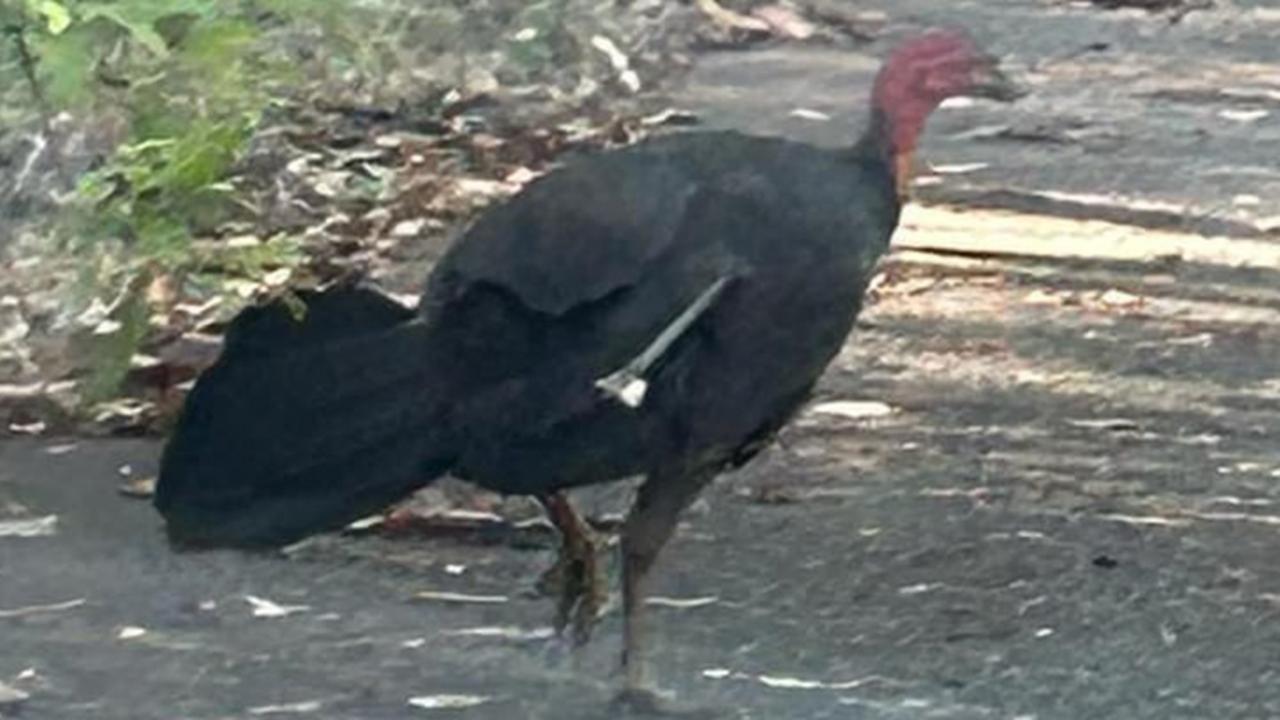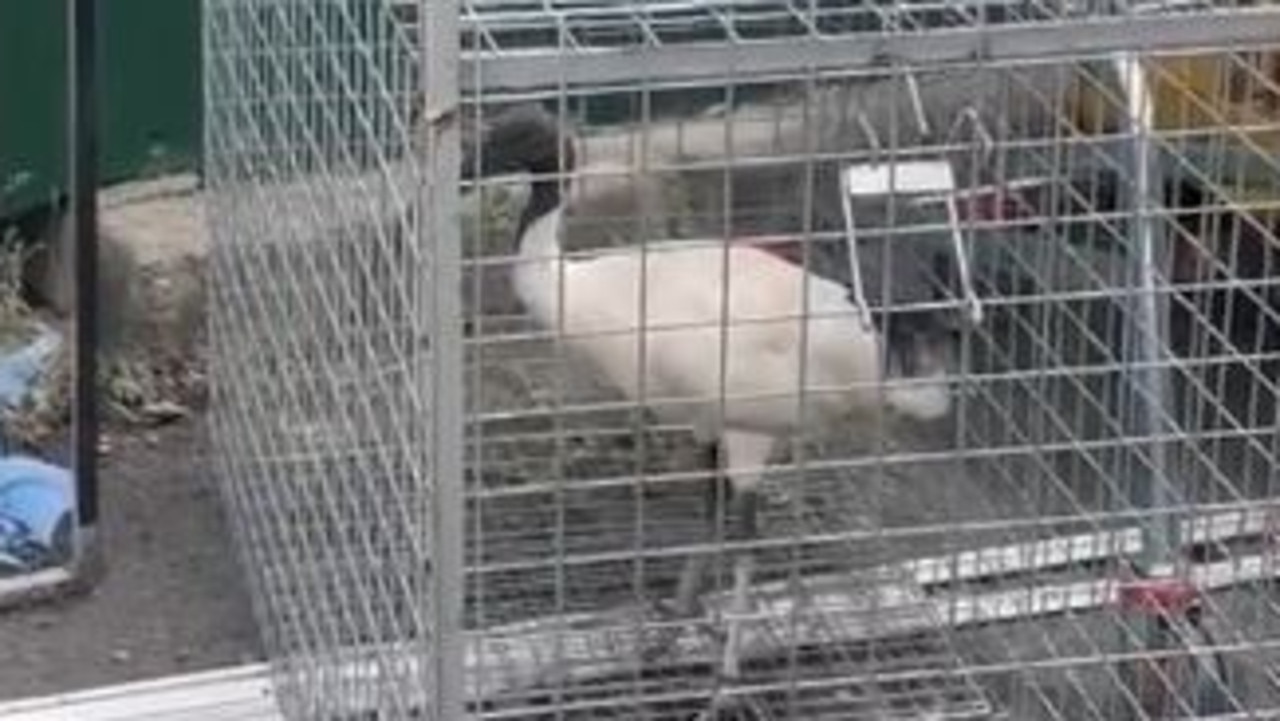Ibis shot by arrow dies after surgery at Currumbin Wildlife Sanctuary on Gold Coast
AN ibis shot by a 90cm arrow in a shocking case of animal cruelty has died days after surgery. WARNING: GRAPHIC PHOTOS
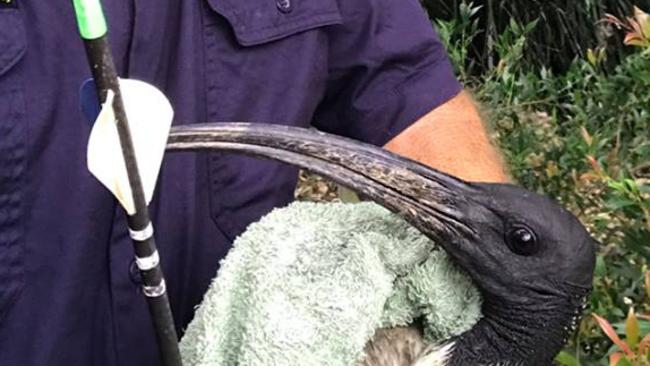
Pets & wildlife
Don't miss out on the headlines from Pets & wildlife. Followed categories will be added to My News.
AN ibis shot by a 90cm arrow in a shocking case of animal cruelty on the Gold Coast has died days after surgery.
On Boxing Day, the ibis, nicknamed SnagglePuss by its rescuers, was found at Tallai with a huge 90cm arrow embedded through its thigh and abdomen.
Despite the bird being taken to Currumbin Wildlife Sanctuary for surgery, the bird died three days later from liver complications.
‘BIRD SHOO-ERS’ HIRED IN SURFERS TO KEEP IBIS AWAY

Rowley Goonan from Wild Bird Rescue Gold Coast said it was disheartening to see incidents like this happen.
“Someone spotted him running across the road with the full arrow through him,” he said, adding once he had caught SnagglePuss he needed to take the arrow out because it was so big.
“It was damn near a metre long, it was bloody huge.”
Spokesman for the RSPCA, Michael Beatty, said they tended to find these sort of incidents spike during school holidays when children had time off school.
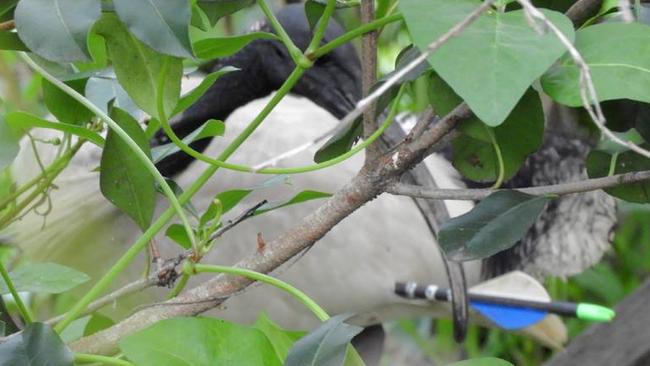
“It’s not always kids, don’t get me wrong, but we see stuff unfortunately exactly like this,” he said.
“Animals shot with arrows (are) the main type of cruelty, or animals being stoned.
“We see quite a few incidents every year.”
Mr Beatty said ibis, possums and wallabies appeared to be most commonly targeted because they were often seen out and about.
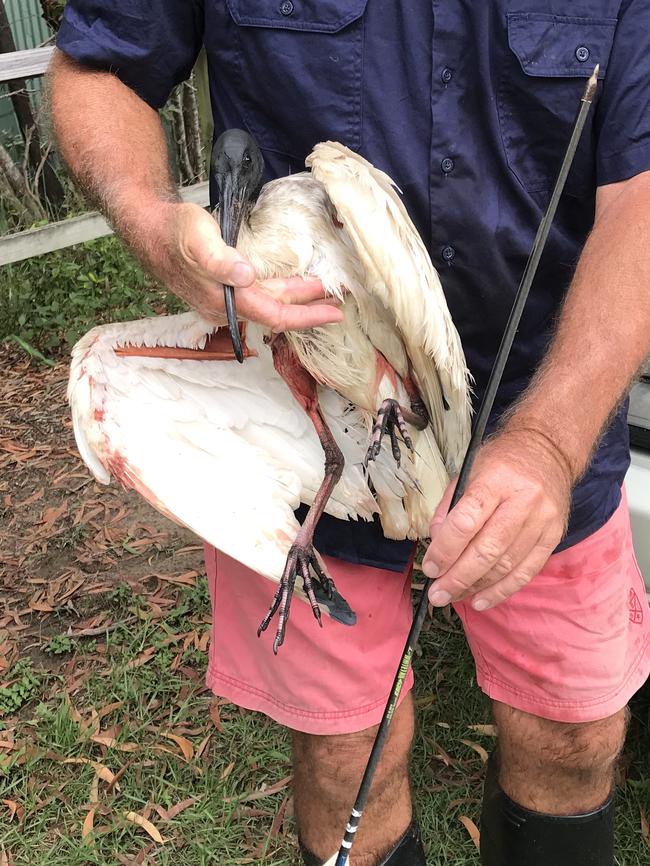

“The problem is native animals, or any animal for that matter, it can end up walking around with an arrow for days, sometimes even weeks,” he said.
He said there had been a number of incidents these school holidays, including a group of children allegedly throwing stones at a cat, the decapitation of a kangaroo and birds being shot by a slingshot.
Currumbin head vet Michael Pyne said SnagglePuss had a laceration from the arrow on its liver and died of complications three days later.
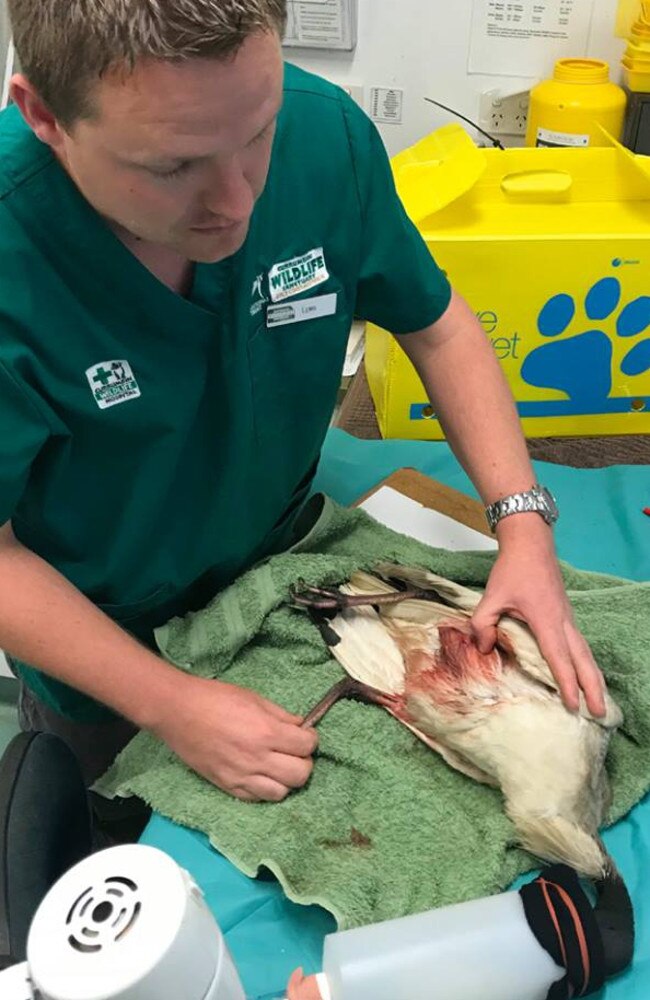
“They’re a strong bird, especially considering the level of animal cruelty (it endured),” he said.
Dr Pyne said luckily the hospital only tended to see about two wild animals come through with arrow wounds each year.
He said there appeared to be less cases of arrow, gun shot or pellet shot wounds across the past 15 years.
“It’s certainly improving over time, it’s not as bad as it used to be, the general perception is people do care more,” he said.
Mr Goonan said it cost time, effort and thousands of dollars for rescue groups and the wildlife hospital to look after animals that were deliberately injured.

